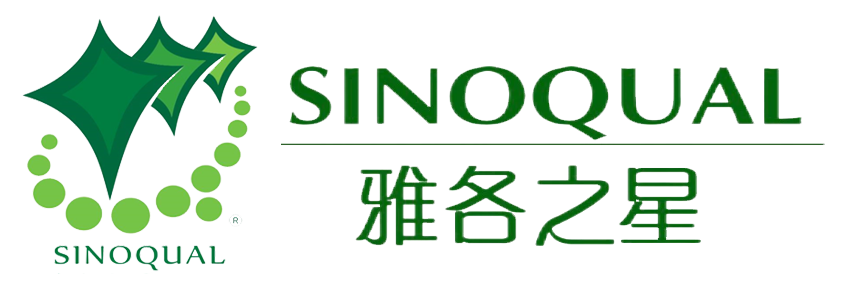The global beauty industry is undergoing a transformation as consumers increasingly demand products that demonstrate transparency, ethical sourcing, and ingredient purity...
Overview of Kosher Candy 1- Kosher Issues Raised by Candy Ingredients
2025-05-15
Everyone loves candy, but most of us wouldn't consider it a food. Since candy is a completely artificial food, the other ingredients it contains raise many kosher questions.
Why does candy need to be certified kosher?
Most processed foods go through many steps on their journey from raw product to market. The tankers that initially transport raw materials can be problematic. Tankers used to transport both kosher and non-kosher products may not be adequately cleaned between uses. Furthermore, production lines need to be properly cleaned, as many factories produce both kosher and non-kosher products on the same equipment. Even if all products produced by a food factory are kosher, dairy products and vegan products (kosher foods without meat or milk) may be processed in the same equipment.
Kosher issues raised by ingredients in candy:
1. Fat
Reading the ingredient labels of processed products can confirm that some ingredients are non-kosher, but it cannot confirm that others are. Many chemicals used in the processed food industry, especially in candy, are derived, or at least partially derived, from fats, animals, or plants. However, the ingredient label may not tell you this fact. For example, magnesium stearate or calcium stearate are used in the production of candy bars to prevent the product from sticking. They are derived from animal and vegetable sources. Stearic acid is also used as a lubricant, dispersant, and anti-caking agent, forming a coating on candy bars, and is used in the production of glycerides and polysorbates.
In addition, mono- and diglycerides are used as emulsifiers in many foods to prevent bread from staling and reduce the stickiness of convenience foods such as pasta, cereals, and dehydrated potatoes, and may also come from animal sources.Glycerin may be derived from fats or oils, may be of animal or plant origin, or may be derived from petrochemicals.
2. Flavors and Fragrances
Some ingredients in food, especially candy, may be inherently non-kosher. Many candies contain artificial or natural flavors. Because flavors provide essential flavor, they cannot be ignored using the 1/60 rule. The 1/60 rule is based on the idea that if a product contains1/60The presence of non-kosher ingredients will not affect the kosher status of the product.
Some important compounds used in the flavor and fragrance industry are inherently non-kosher, but can be listed as "natural flavors" in ingredient lists. For example, civet comes from cats in Ethiopia, musk comes from cattle, castoreum comes from beavers, and ambergris comes from whales. These are all natural, but not kosher. Cognac oil and winefusalOils, derived from wine and other grape derivatives, are also widely used in the flavor and fragrance industry, particularly in chocolate. Fragrance shops blend many compounds to achieve the desired effect they or their clients desire. Pepsin, derived from the digestive juices of pigs and cows, is used as a flavoring in chewing gum.
3. Food Coloring
Food coloring has become a big kosher issue in the food industry, especially in the confectionery industry. Factories are trying to get rid of it.F.D.&C.Red#40and other artificial colors that have been shown to be carcinogenic, these colors are expected toF.D.&C.Red#3Companies also try to avoid using artificial colors because consumers believe natural colors are better than artificial ones.FDAThe regulation states that "food additives and colors need to be listed as ingredients... Flavorings, flavors, and colors may contain specific materials that cannot be named, but any artificial colors and flavors, and certain coal tar colors, must be clearly named."
Unfortunately, the best red dye alternative to artificial colors is carmine. Carmine is extracted from the dried corpse of the female cochineal insect, which lives on cacti in South America and the Canary Islands. Carmine is an extremely stable red dye used in many types of products, including soft drinks and soft drink mixes, as well as fillings, icings, fruit syrups, especially cherry, yogurt, ice cream, baked goods, jelly, chewing gum, and sherbet.
Kosher coloring agents may be processed with non-kosher monoglycerides or propylene glycol to improve their functionality. Because these additives are considered processing aids, they do not need to be listed on the label. Grape juice or grape skin extract is also used in beverages to provide red to purple coloring.
